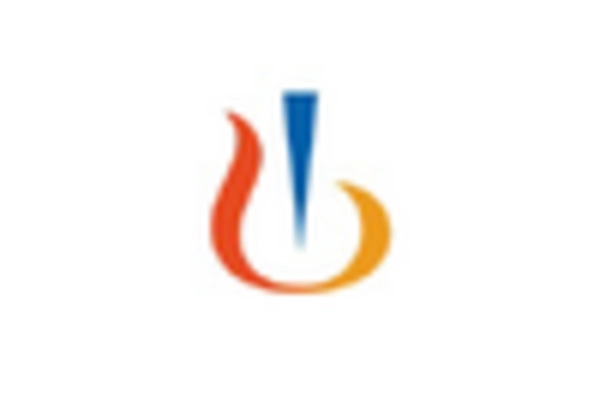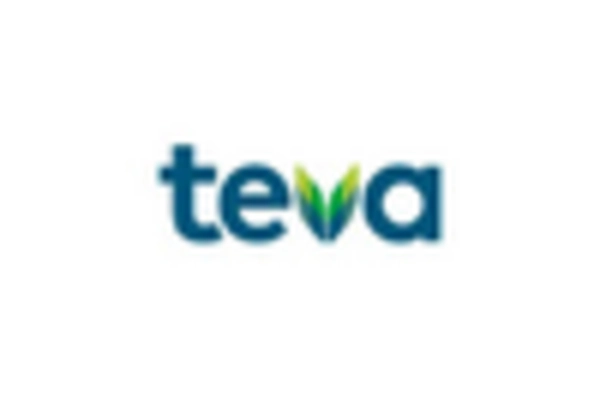Rising Healthcare Expenditure
The increasing healthcare expenditure in the US is another significant driver for the anti asthma-drugs market. With healthcare spending projected to reach $6 trillion by 2027, there is a growing focus on chronic disease management, including asthma. This financial commitment is likely to facilitate access to a wider range of asthma medications, including newer biologics and combination therapies. As insurance coverage expands and out-of-pocket costs decrease, more patients may seek treatment for their asthma, thereby boosting the anti asthma-drugs market. This trend suggests a favorable environment for pharmaceutical companies to introduce innovative products that cater to the evolving needs of asthma patients.
Growing Awareness and Education
There is a notable increase in awareness and education regarding asthma management among patients and healthcare providers in the US. Campaigns aimed at educating the public about asthma triggers, symptoms, and treatment options are becoming more prevalent. This heightened awareness is likely to drive demand for anti asthma drugs, as individuals become more proactive in seeking treatment. Furthermore, healthcare professionals are increasingly emphasizing the importance of personalized treatment plans, which may include a combination of medications tailored to individual patient needs. The anti asthma-drugs market is thus benefiting from this trend, as more patients are diagnosed and treated effectively.
Increasing Prevalence of Asthma
The rising incidence of asthma in the US is a critical driver for the anti asthma-drugs market. Recent data indicates that approximately 8.4% of adults and 7.5% of children are diagnosed with asthma, leading to a growing demand for effective treatment options. This trend is likely to continue as environmental factors, such as air pollution and allergens, contribute to the worsening of respiratory conditions. Consequently, pharmaceutical companies are focusing on developing innovative therapies to address this increasing patient population. The anti asthma-drugs market is thus experiencing heightened activity, with investments directed towards research and development of new medications that can provide relief and improve the quality of life for asthma sufferers.
Advancements in Drug Delivery Systems
Innovations in drug delivery systems are significantly impacting the anti asthma-drugs market. Technologies such as smart inhalers and nebulizers are enhancing the efficacy of asthma medications by ensuring precise dosing and improved patient adherence. For instance, smart inhalers equipped with sensors can track usage patterns and provide feedback to patients, potentially increasing compliance rates. This advancement is crucial, as studies suggest that up to 50% of asthma patients do not use their inhalers correctly. The anti asthma-drugs market is thus witnessing a shift towards these advanced delivery mechanisms, which may lead to better management of asthma symptoms and reduced healthcare costs.
Regulatory Support for Drug Approvals
Regulatory agencies in the US are increasingly supportive of the approval processes for new asthma medications, which is positively influencing the anti asthma-drugs market. Initiatives aimed at expediting the review of innovative therapies, particularly those addressing unmet medical needs, are becoming more common. This regulatory environment encourages pharmaceutical companies to invest in research and development, knowing that their products may reach the market more swiftly. As a result, the anti asthma-drugs market is likely to see a surge in new drug approvals, providing patients with more options for effective asthma management.

















Leave a Comment